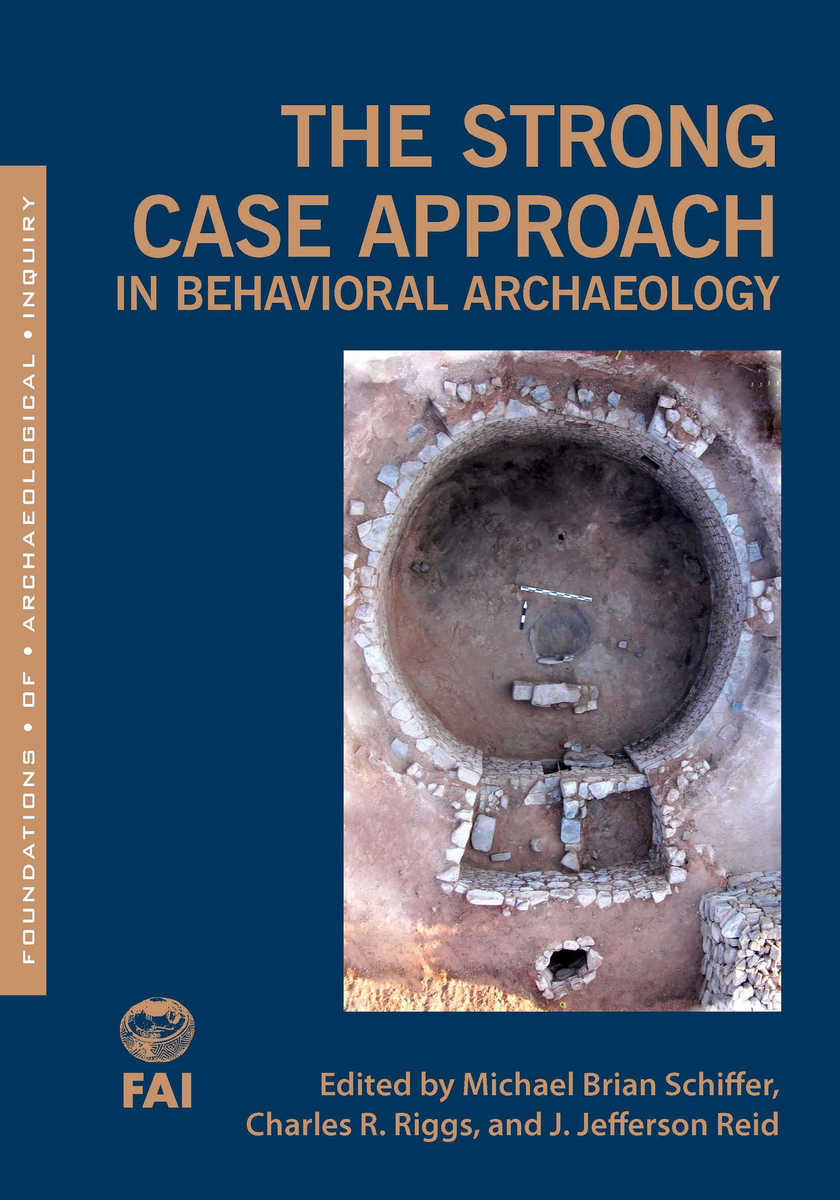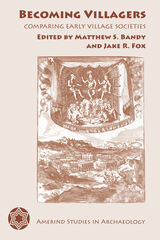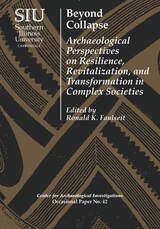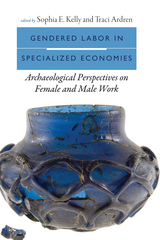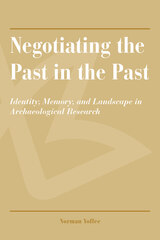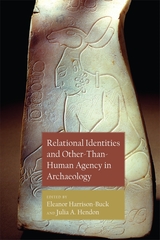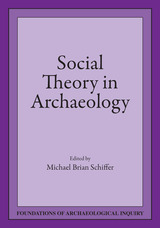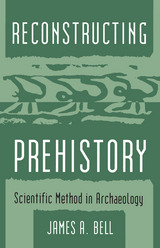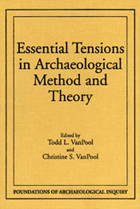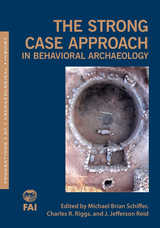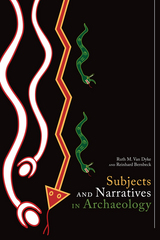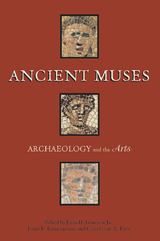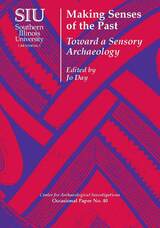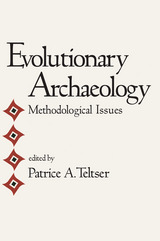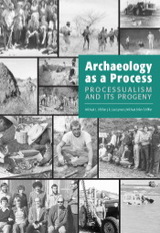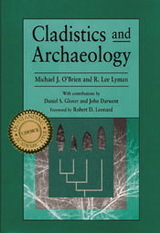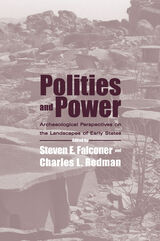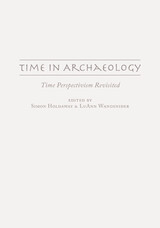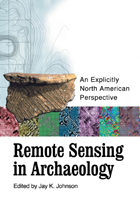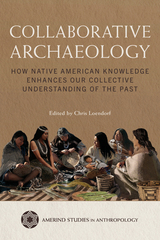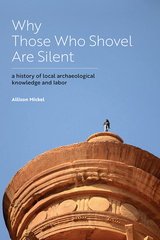The Strong Case Approach in Behavioral Archaeology
University of Utah Press, 2017
Paper: 978-1-60781-576-1 | eISBN: 978-1-60781-577-8
Library of Congress Classification CC75.S777 2017
Dewey Decimal Classification 930.1
Paper: 978-1-60781-576-1 | eISBN: 978-1-60781-577-8
Library of Congress Classification CC75.S777 2017
Dewey Decimal Classification 930.1
ABOUT THIS BOOK | AUTHOR BIOGRAPHY | REVIEWS | TOC | REQUEST ACCESSIBLE FILE
ABOUT THIS BOOK
Although all archaeologists subscribe in principle to building strong cases in support of their inferences, behavioral archaeology alone has created methodology for developing strong cases in practice. The behavioral version of the strong case approach rests on two main pillars: (1) nomothetic (generalizing) strategies, consisting of research in experimental archaeology, ethnoarchaeology, and long-term processes of behavioral change to produce principles necessary for inference; and (2) the formation processes of supporting evidence when constructing inferences.
The chapters employ a wide range of data classes, demonstrating the versatility and productivity of the approach for fashioning rigorous inferences in history, historical archaeology, ethnoarchaeology, and prehistory. By illustrating the strong case approach with convincing case studies from behavioral archaeology, the editors aim to alert the archaeological community about how the process of archaeological inference can be improved.
The chapters employ a wide range of data classes, demonstrating the versatility and productivity of the approach for fashioning rigorous inferences in history, historical archaeology, ethnoarchaeology, and prehistory. By illustrating the strong case approach with convincing case studies from behavioral archaeology, the editors aim to alert the archaeological community about how the process of archaeological inference can be improved.
See other books on: Arizona | Behavioral Archaeology | Reid, J. Jefferson | Riggs, Charles | Schiffer, Michael Brian
See other titles from University of Utah Press
